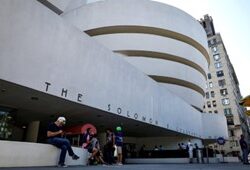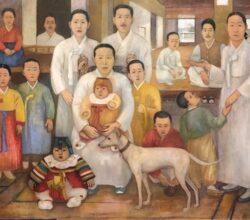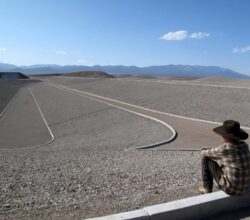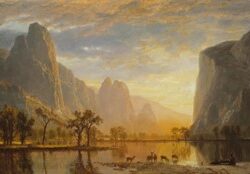
The Art World in an Age of Rage
Brian T Allen | National Review | 17th September 2022
A fiery essay on how fraught race relations in the US can impact art museums. (Its inclusion does not imply that The Easel endorses its views.) When museums ignore work by artists of colour or don’t hire qualified curators of colour, they are asking for trouble. Ditto for the work of female artists. What’s the solution? The writer thinks that “race-based expectations” could have a “paralyzing” effect on museums. Yes, just as does the persistent exclusion of groups of artists from museum walls.




